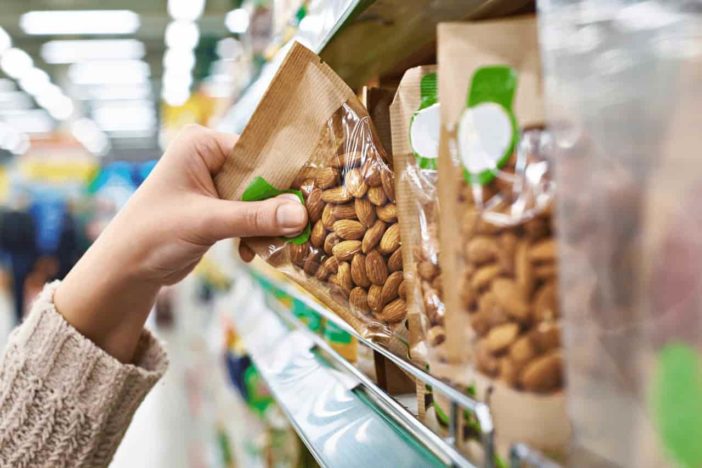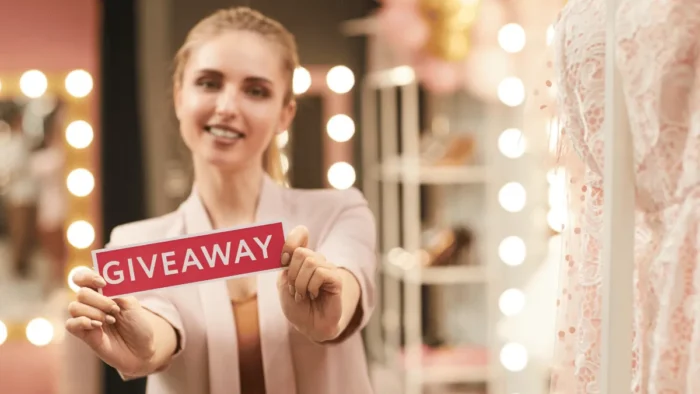No matter what goods you create and sell, the likelihood is that you probably invest much of your own and your team’s time, energy, and money into developing and building products. This is important and wise, but don’t forget that business success relies on more than the product itself. Packaging is also important for your business success.
For example, there’s no point coming up with the coolest idea on the planet if you don’t also invest in packaging it well to garner the right type of attention and secure the items inside. You need to understand why packaging is important and how to do it right.
Reasons Why Packaging is Critical
We use packaging to protect the items inside from being damaged in transit or during handling and storage periods. The proper packaging will keep a product safe until it’s in the end user’s hands and help stop heat, cold, humidity, light, and other elements from negatively affecting a parcel’s contents.
In addition, packaging lets shoppers know about any necessary safety instructions for use or consumption, such as use-by or best-before dates, a list of ingredients, turning on or otherwise operating goods, etc. Plus, it must state if contents have any toxic substances in or around them.
On top of the practical issues of protection and safety, though, the packaging is also a key component of making goods look attractive and making people want to buy or open a parcel. Effective packaging gets attention on the shelf or a website screen and helps to increase sales in turn. Many people make buying decisions based on packaging, even if they don’t consciously do so.
Also, the packaging is one of the top ways for businesses to convey and build their brand. Product surrounds can display the business name, logo, tagline, or other relevant details, including a website address or phone number, and can be used for marketing purposes, especially if it is reused. Your packaging can let consumers in on the story of your venture or the background of the product, and its social or environmental values, as applicable.
These days, many organizations try to innovate their packaging solutions to make them more usable and earth-friendly. Packaging that’s easy to open and close, fold, and sort after usage and, in particular, be reused or recycled will provide a bonus for many customers. This helps firms to build more trust and credibility with consumers in turn.
Tips for Effective Packaging
When designing and making boxes for your products, many considerations help you make the most of what you create. For starters, ensure you brand all your packaging and do it consistently to align with how your brand is conveyed elsewhere, such as in stores, on websites, on business cards, social media sites, and so on. See if you can feature some of your company’s values or key points of difference on the packaging to reinforce why shoppers should choose you over your competition.
Always include some kind of call-to-action on your boxes, too, such as a website or social media page for people to check out or a phone number to call, and at least one form of contact so consumers can get in touch directly as needed. All the text on your packaging should be written clearly and be easy for even those with a low reading ability to understand. Avoid using vague terms and be honest and transparent with the information listed on all packaging, too.
Furthermore, invest in testing how well your packaging works in transit by seeing how soon goods arrive at their destinations. It’s worthwhile utilizing an RFID shock watch such as that found at https://spotsee.io/impact/shockwatch-rfid to see how much impact parcels withstand as they travel and if you need to increase protection with your packaging or not. Think about ways that the parcels you pack will stack in vehicles and other spots, too, including in your warehouse, as you want to save room wherever possible.
Plus, look for ways to make your packaging memorable in some way, whether through the shape, color, materials used, or some other feature or design choice. The packaging still needs to be user-friendly, though, so people can open it and don’t have to struggle with getting to the contents inside. Look for ways to minimize packaging, too, to reduce your firm’s carbon footprint and save you money at the same time.
These are some of the primary considerations when it comes to packaging. As you can see, though, there’s more to this side of a business than might meet the eye at first. Take your time designing optimal solutions and comparing costs from different manufacturers or suppliers to source the best packaging products for your needs.





